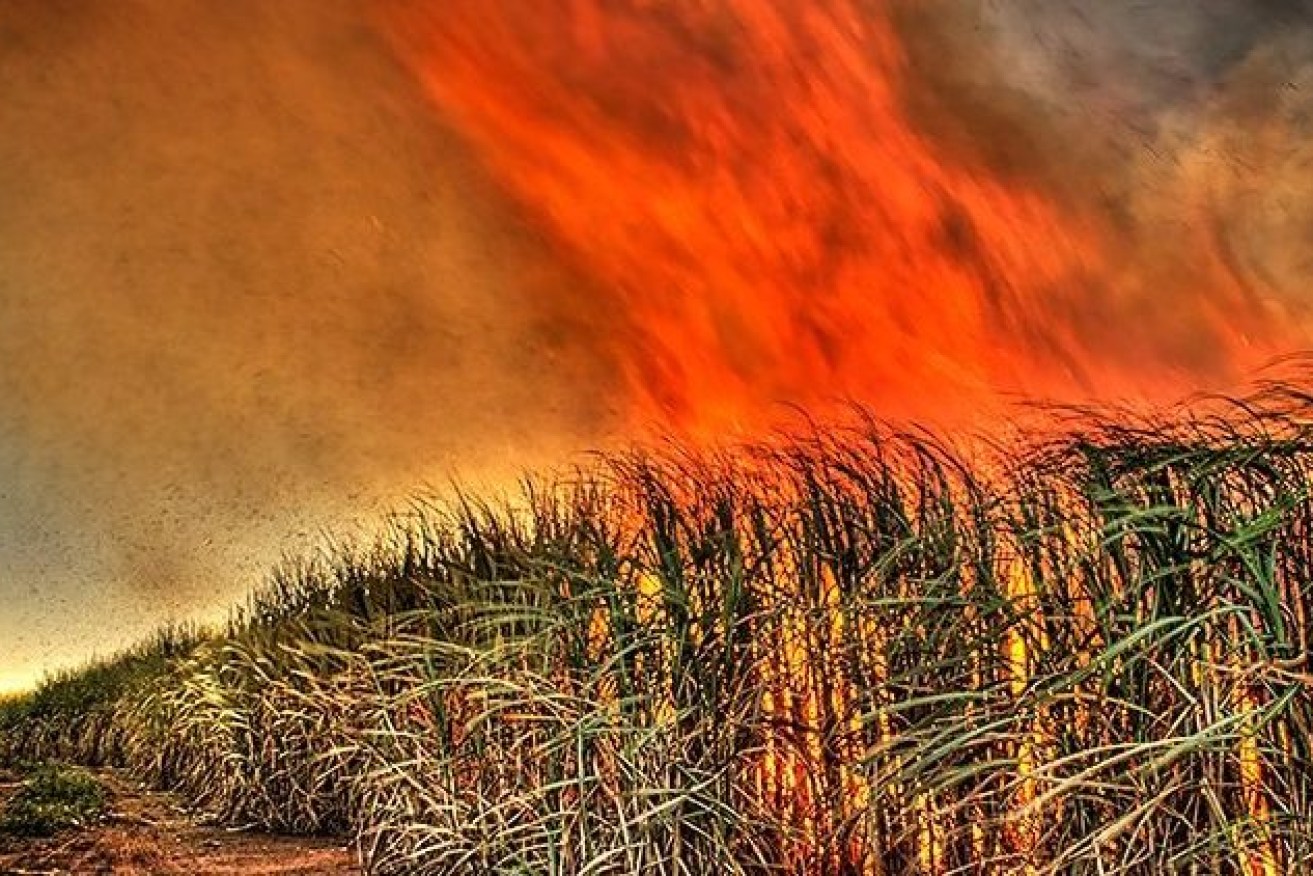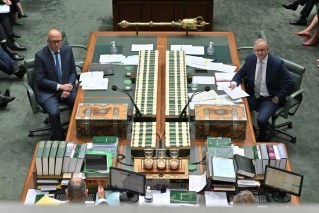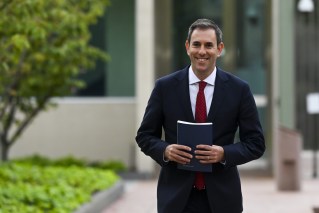Sweet talk: Sugar growers hit road to sell new image
Along with sweetening our foods and drinks, sugar cane growers want to be known equally as fuel and fibre producers.


Queensland's sugar cane growers are looking at a bumper season. (file image)
The sugarcane industry has ambitions to become the “backbone of an Australian bio-economy superhighway” under a plan unveiled at the Developing Northern Australia Conference in Mackay.
Australian sugar cane growers are world-renowned for the bulk commodity they supply to the global sugar market; now they want to be known as producers of biofuels, green electricity and bioplastics, all made possible by the flexibility of the cane plant that mostly grows the length of the Queensland coast and some of northern NSW.
Now they also have a roadmap, launched by Cooperative Research Centre for Developing Northern Australia (CRCNA) CEO Anne Stünzner who calls the document a “plan for action”.
“The sugarcane industry has identified an exciting and transformational future of sustainably producing sugar and bioproducts at the heart of regional communities,” Stünzner said.
“The roadmap outlines opportunities for a substantially larger industry. A growing bio-economy industry will enable Australia to become increasingly self-sufficient, improving economic resilience and national security.”
Stünzner said the analysis underpinning the ‘Sugar Plus’ roadmap indicated enormous opportunity.
“Australian demand for heavy fuels and plastics is substantial. Even modest adoption of biofuels and bioplastic equates to a substantial amount of sugar equivalent alternative products,” she said.
“Australia’s current domestic market alone would create massive demand for alternative protein feedstock, aviation fuel and bioplastics.”
Sugar Research Australia CEO Roslyn Baker said raw sugar would continue to play an important role in feeding the world, but the new plan created opportunities to value-add and create new revenue streams in the medium term, with a view to enlarging as a “bioeconomy powerhouse” in the longer term.
Baker identified areas ripe for development as:
- Sugar forming an important feedstock for the new generation of animal free foods.
- Energy that builds on current co-generated power and ethanol, providing the next generation of sustainable mobility and power, particularly for heavy transport and aviation.
- Using cellular fibre from the cane plant to make products that enable a more sustainable way of life, including replacements for the many plastic items produced and used every day.
“The roadmap outlines the actions needed across a range of levels, from individual farms to local communities through regional coordination or support of a mill and national leadership,” Baker said.
Agriculture Minister Mark Furner said Sugar Plus highlighted the sugar industry’s important role in supporting long-term economic development in Queensland.
“Queensland produces almost 95 per cent of Australia’s sugar cane which is worth almost $4 billion dollars a year to the nation’s economy and supports 23,000 direct and indirect jobs from Mossman in far north Queensland, through to northern New South Wales,” Furner said.
“That is why the Queensland Government supported the development of this industry-led initiative, backing the industry to come together to make the Sugar Plus vision a reality.”








